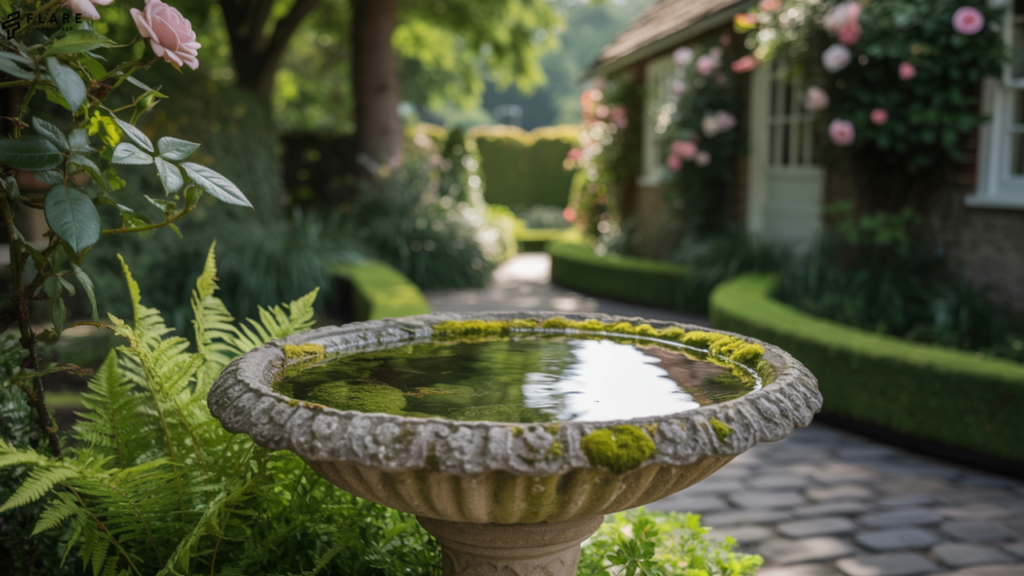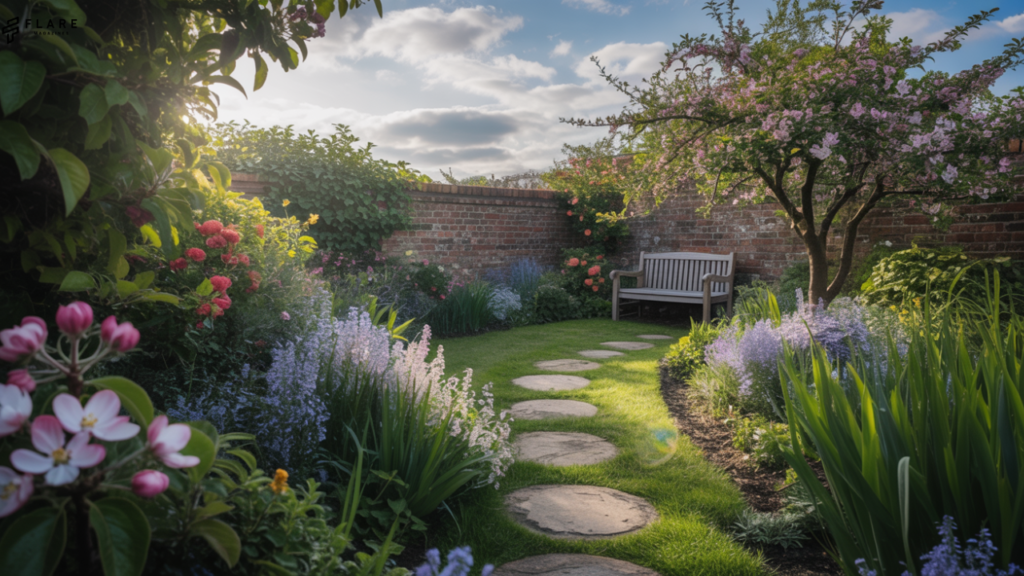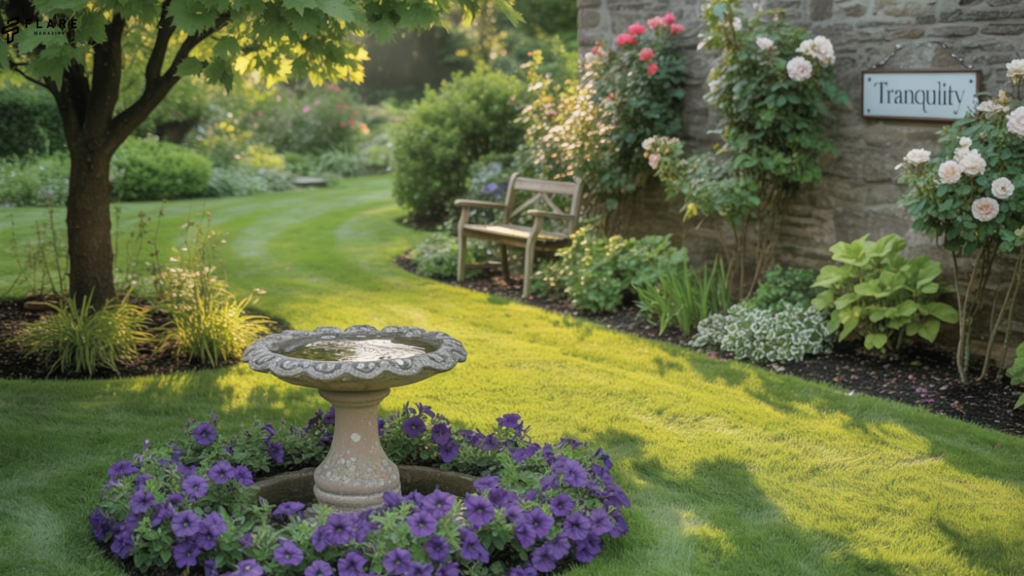“I love my house, but the garden barely gets any sun. Did I mess up?”
If that sounds like you, you’re not alone. Many homeowners discover after moving in (or once the seasons shift) that their garden faces north-east—and suddenly, they’re Googling things like “north east facing garden sun exposure” or “plants for north east facing garden.”
Here’s the good news: a north-east facing garden isn’t a gardening death sentence. In fact, when understood and designed properly, it can become a beautiful, tranquil, and surprisingly productive space. Whether you’re a new homeowner, a passionate hobbyist, or simply want to enjoy a morning cup of tea in your outdoor sanctuary, this guide is for you.
Let’s explore how to make the most of your north-east facing garden—starting with what makes it unique.
☀️ What is a North-East Facing Garden (and Why It Matters)
A north-east facing garden gets sunlight mainly in the early morning, fading by midday. By the time lunch rolls around, shade typically dominates. This light pattern defines everything—from which plants will thrive, to how cozy your patio feels at 4 PM.
Pros:
- Beautiful morning sun—perfect for breakfast al fresco
- Cooler afternoons—great for lounging or working outside during summer
- Ideal for shade-loving plants that would scorch in full sun
Challenges:
- Limited afternoon light, especially in winter
- Frost pockets in colder months
- Not ideal for sun-hungry vegetables or Mediterranean-style gardens
Understanding this rhythm helps you work with your garden’s natural light—not against it.

🌿 What Grows Well in a North-East Facing Garden?
One of the top questions people ask: “What grows well in a north east facing garden?”
Answer: More than you’d think! You just need to choose the right plants for the conditions.
Top Flowers and Perennials
- Hostas – loved for their lush foliage and shade tolerance
- Astilbes – feathery blooms that light up partial shade
- Bleeding Heart (Dicentra) – a springtime beauty that thrives in dappled light
- Japanese Anemones – perfect for late summer color
- Ferns – graceful, architectural, and built for the shade
Shrubs and Small Trees
- Hydrangeas – especially varieties like Hydrangea macrophylla
- Camellias – beautiful winter-spring bloomers
- Rhododendrons and Azaleas – ideal for cool, acidic soil
- Acer (Japanese Maple) – stunning foliage and texture
Edibles for Partial Shade
Believe it or not, you can grow food—even in limited light.
Try:
- Leafy greens: spinach, lettuce, kale, rocket
- Herbs: mint, parsley, chives, coriander
- Raspberries or blackcurrants (in light shade)
Pro tip: Look for “shade-tolerant” or “partial sun” on seed packets or plant tags.
🌱 How to Design a North-East Facing Garden That Works
A thoughtful layout can turn a potentially tricky space into a slice of paradise.
1. Maximize Morning Light
Place seating areas, patios, or breakfast spots where the light hits early. That soft golden glow is a daily mood booster!
2. Use Reflective Surfaces
Mirrors, light-colored walls, and even gravel paths help bounce light deeper into shady areas.
3. Go Vertical
Don’t waste precious vertical space. Use climbing plants like clematis or climbing hydrangea on fences and walls to add layers of greenery. Green Team Landscaping and Alexander Francis offer inspiring examples of vertical design for shaded gardens.
4. Create Zones
Split the garden into cozy nooks—think herb gardens in the sunniest patch, a reading bench tucked in the cool shade, and a wildlife corner under the trees.
5. Install Smart Features
Modern tech can do wonders. From automated irrigation systems to solar-powered lighting (yes, even in lower light!), today’s smart gardening tools make maintaining a shaded space easier than ever.

🌸 Seasonal Success: Planning All-Year Interest
Don’t let the cooler orientation fool you—north-east facing gardens can shine year-round. Try this seasonal approach:
- Spring: Snowdrops, hellebores, and daffodils pop up early and thrive in partial shade.
- Summer: Ferns, astilbes, and hostas are in their prime.
- Autumn: Japanese maples blaze with fiery colors.
- Winter: Add interest with evergreens, ornamental grasses, and features like stone, wood, or metal sculptures.
Tip: Use plants with different leaf textures and colors to keep the space visually engaging, even when flowers fade.
🧤 Real Talk: Overcoming Common Challenges
1. Limited Afternoon Sun
Solution: Prioritize morning activity areas, use light-enhancing materials, and select shade-tolerant plants.
2. Frost Pockets
North-east gardens are often colder in winter. Combat this by:
- Choosing frost-hardy plants
- Adding mulch to insulate soil
- Planting evergreens to block wind
3. Feeling Gloomy or Damp
Good drainage is key. Add compost and grit to your beds and consider raised planters. Strategically placed lighting also transforms a shady space into a magical evening retreat.
🪴 Real Examples and Inspiration
On social media platforms like TikTok, gardeners are showcasing lush north-east facing gardens—proving that with the right choices, “limited sun” doesn’t mean limited beauty.
One creator described their morning ritual: “By 8 AM, the garden glows. The dew sparkles on the hostas, and the light filters through the birch leaves like lace.” It’s less sunbathing and more serenity.
🏡 Is a North-East Facing Garden a Dealbreaker?
Short answer: Absolutely not.
In fact, for homeowners seeking peace, coolness, and low-maintenance beauty, a north-east garden can be a blessing. It encourages you to slow down, embrace the gentler side of gardening, and explore plant varieties that others overlook.
In real estate forums like MoneySavingExpert, users often debate garden orientation. But many conclude that with the right care and design, north-east gardens are just as enjoyable—and sometimes even more practical—than their sun-drenched counterparts.

🌼 Final Tips for Thriving in a North-East Facing Garden
- Embrace trial and error—shade gardening is part art, part science.
- Focus on foliage—texture and color go a long way.
- Stay consistent with watering and soil care—especially in pots and containers.
- Lean into the relaxing ambiance—this garden is your calm corner.
A north-east facing garden isn’t a compromise—it’s an opportunity.
With the right plants, smart design, and a little creativity, you can turn your space into a haven that celebrates the morning light and thrives in cool, calm shade. Whether you’re planting hostas under a birch tree or sipping tea on a softly lit patio, you’re not just working with a tricky garden… you’re unlocking its unique magic.
So go ahead—step into your garden with confidence. The morning sun is waiting.
